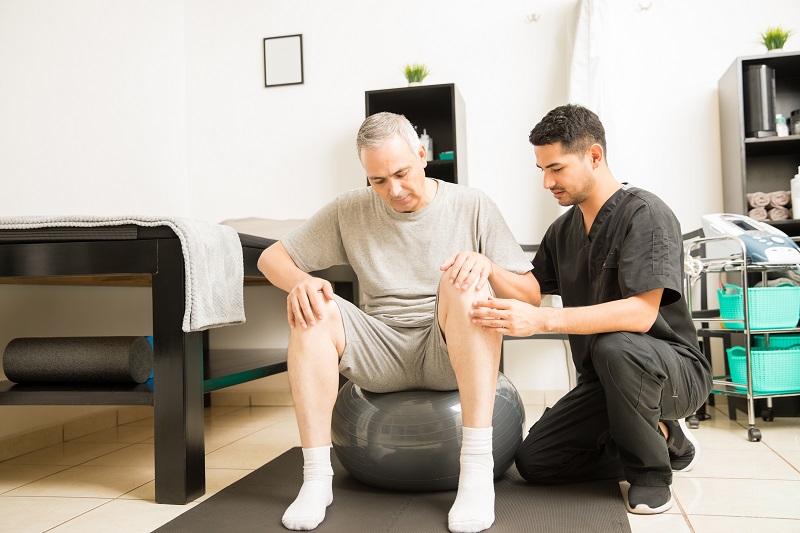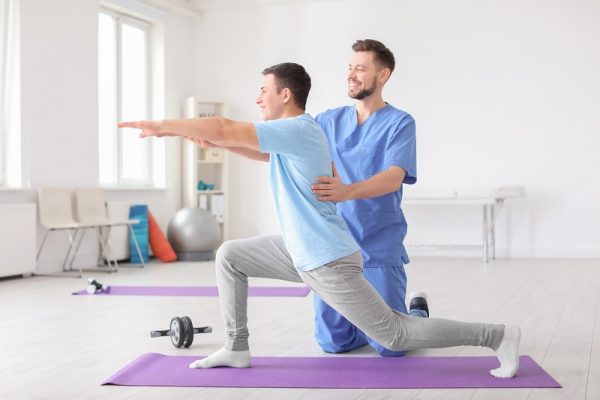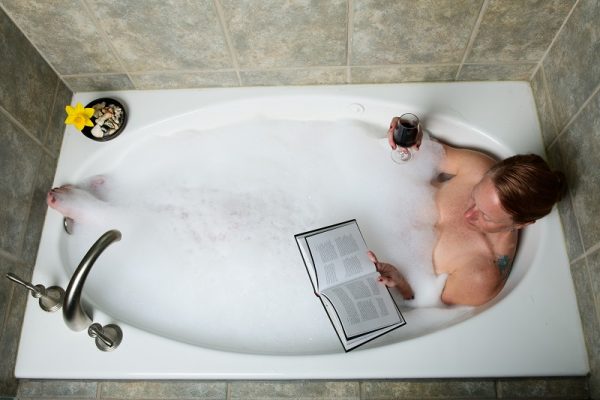Health
Using Physiotherapy to Aid Older People
by Daniel Lummis
Everyone ages. It is a fact of life. As we age, our bodies go through a lot of physical changes. These include bone density and reduced muscle strength. Other changes also include increased body fat, poorer coordination, and stiff joints.
These changes are the normal effects of aging. Mobility and balance affect older people. They become frail as they age with weaker bones and muscles.
Not only that, seniors are more prone to illnesses. The most common diseases of older people are:
- heart disease
- high blood pressure
- stroke
- diabetes
- arthritis
- lung diseases
- kidney and bladder problems
- dementia
- Parkinson’s disease
- glaucoma
- cataracts
- osteoporosis
- enlarged prostate
- Alzheimer’s disease
- macular degeneration
- cardiovascular disease
- depression
Physical changes and illnesses have a big impact on the lives of older people. Even if they do not want it, their dependence on their children taking care of them increases. Taking care of ill parents can also sometimes take a toll on their children.
Yet, some solutions can help many families go through this aging process. One effective way is through physiotherapy.
What is physiotherapy?
Physiotherapy helps to revive movement and performance. This is generally applied to an elderly, or someone with injury and disability. It also helps prevent further injuries from happening in the future. Physiotherapy takes a holistic approach in caring for a person. Elderly people are usually the patients for physiotherapists. But note that this treatment is also helpful for people across all ages and not adults.
Sample areas of concern where physiotherapy help are as follows:
- Bones, joints and soft tissue – back pain, neck pain, shoulder pain, and sports injuries
- Brain or systema nervosum – movement problems as a result from a stroke or paralysis
- Heart and circulation – rehabilitation after heart attack
- Lungs problems – chronic obstructive pulmonary disease (COPD)
As a patient undergoes physiotherapy, health and wellness is developed for the patient. Physiotherapy also improves functional ability and independence.
What do physiotherapists do?
Physiotherapists are those performing physiotherapy. Physiotherapists undergo training and regulations. They identify physical factors that prevent people from having an active lifestyle. Physiotherapists help their patients regain their strength, balance, coordination, flexibility, and reduce pain.
How do physiotherapists achieve these?
One way is to provide advice to their patients on how to exercise. Regular physical activity, if done right, is beneficial. It provides balance, strength, coordination, motor control, flexibility, endurance, and memory. Exercise can also help cut the risk and impact of the illnesses to older people.
Physiotherapists treat their patients. They help them prevent joint problems and balance disorders. They also help drop the risk of falls and strength decline. Physiotherapists also provide treatments to help reduce high blood pressure and obesity.
Physiotherapists often work as a part of a multidisciplinary team of medical experts. They work in:
- Hospitals
- community health centers or clinics
- some GP surgeries
- some sports teams, clubs, charities and workplaces
Some physiotherapists also do home visits.
What is the process to start physiotherapy?
A qualified physiotherapist starts by doing a detailed assessment. The physiotherapist looks into the different areas that impact mobility, strength, and balance.
After careful assessment, the physiotherapist and patient create goals and objectives. Your physiotherapist usually does a specific tailor-fit program for the patient.
What are some examples of physiotherapy activities?
Physiotherapists consider the body as a whole. They do not just focus on a particular area. Below are some of the main approaches used by therapists.
- Educational Advice
Physiotherapists give general advice on those that affect the patient’s daily lives. These include posture and proper lifting or carrying techniques to prevent injuries.
- Movement, tailored exercise and physical activity advice
Physiotherapists teach proper exercises. The exercises aim to promote the patient’s general health and mobility. These also strengthen specific parts of the body.
- Using manual therapy
Manual therapy is a technique whereby a physiotherapist uses their hands. By the use of hands, the physiotherapist aims to relive the patient of pain and stiffness. The physiotherapists manipulate, mobilize, and massage the body tissues. Therapy also promotes better movement of the body.
The goal of manual therapy is to relieve pain and stiffness. It also improves blood circulation and helps fluid drain better. It likewise improves the movement of body parts, and promotes relaxation.
Physiotherapists also use other techniques like hydrotherapy or aquatic therapy and acupuncture. Other examples are stretching and strengthening and balancing exercise programs. Physiotherapists can also help provide equipment to aid the patient. These are walking aids to ease independent living.
Where can you find a physiotherapist?
If you need help with physiotherapy and home care for the elderly, talk to us at Homestyle Aged Care. We aim to provide holistic residential aged care services. We strive for a homely environment of care, compassion, and respect.
Passion to serve the elderly is what drives each of our team members at Homestyle Aged Care. We aim to make all residents feel secure, safe, respected, and cared for.
Our residents have lived a full and rich life. In our community, we want to continue stimulating more memories. We also encourage new friendships to form amongst our residents.
Homestyle Aged Care has created communities spread in Melbourne metropolitan and Geelong areas. Our locations are in:
- Belmont Grange
- Ferndale Gardens
- Kensington Grange
- Melville Grange
- Rowville Manor
- Clarendon Grange
- Green Gables
- Langford Grange
- Point Cook Manor
- Sea Views Manor
Reach out to us and we will be glad to assist you.
About the Author
Daniel Lummis is a marketing consultant with Homestyle Aged Care. Working closely with the experts he keeps on top of current events regarding elderly care. Homestyle Aged Care itself hosts a number of residents at their premium facilities.






